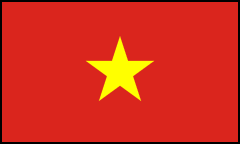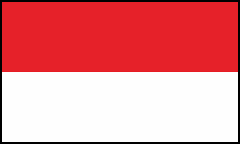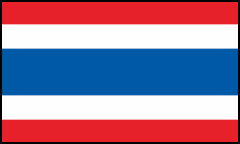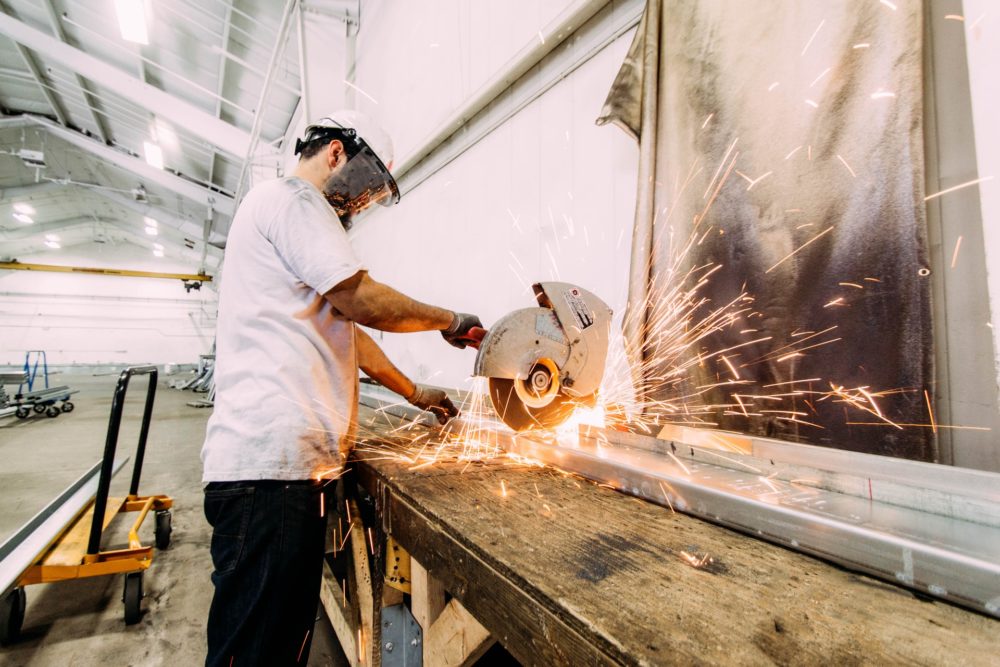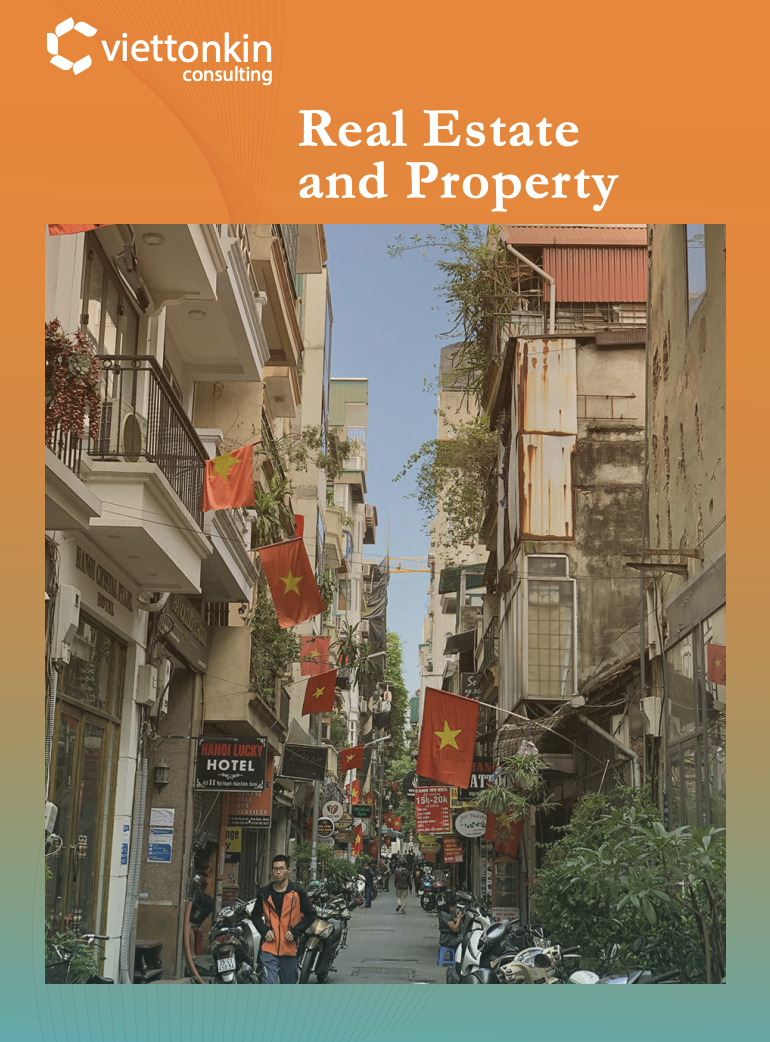As we know, Indonesia is one of the largest countries in the world that has various important roles among countries in Southeast Asia. The country has its potential for the development of the manufacturing industry.
This sector contributes to the economic increase of 20.27% by shifting the role of Commodity-Based to Manufacture Based for the nationwide. As a result, Indonesia became the largest manufacturing base in Southeast Asia.
To complete your observation about manufacturing investment in Indonesia, we should take a look at the details below!
Introduction to Manufacturing in Indonesia
The main areas of production that most investors have been seeking out are textiles and garments, food and beverages (F&B), electronics, automotive, and chemicals. The majority of manufacturers in the sector are comprising of micro, small, and medium-sized enterprises.
In the first quarter of 2020, the manufacturing industry reported a decline, with the Bank Indonesia (BI) and Prompt Manufacturing index (PMI) slipping into a contractionary phase at 45.64%. It used to be at 51.50% in the first quarter of 2019. However, all sectors nearly recorded a contraction in the first quarter of 2020, excluding F&B and Tobacco.
The most significant production volume decreased due to compressed demand and supply disruptions due to the COVID-19 pandemic.
Moreover, in the second quarter of 2020, survey respondents predicted a slight improvement in the manufacturing industry. It increased 48.79% from the first quarter of 2020 which was 45.64%. The production volume and labour utilisation were expected to improve, despite the remaining in contractionary territory.
In the last few years, most Foreign Direct Investments (FDI) have been channeled to non-manufacturing sectors. The top five destinations of FDI in Indonesia are energy, mining, chemical, real estate, and metals. Other sectors were services, such as hotels, information technology, and finance.
The average annual growth forecast from 2016-2020 is estimated at 7%, and Indonesia's proportion of GDP in the industry is higher than the rest of ASIAN, even overtaking China in 2015. Meanwhile, total manufacturing FDI from 2011-2015 is more than 76 billion dollars.
The largest manufacturing sector in Indonesia is the machinery and equipment sector. It is forecast to grow at 8% per year driven by demand from the agribusiness, energy, mining, and construction sectors.
Tin, nickel, ignite, copper, and coal, is the world’s largest production in Mining. More than half of the total demand for heavy equipment in the country comes from the mining sector. Sales of construction and mining equipment could go up to 5000 units in 2016.
Chemicals and Pharmaceuticals is the second largest manufacturing sector for FDI into Indonesia with nearly US$15 billion from 2011 to 2016, just behind the machinery and related sector.
Indonesia’s construction sector is going up 7% to 8% per year. The international tourism receipts are estimated by EIU to grow from US$9.5 billion in 2015 to US$13.7 billion in 2020. Some 50 locations in Indonesia are available for tourism development. The FDI in Indonesia’s sector from 2011 to 2015 has been over US$8 billion. As a result, it will lead to growing demand for all related machinery and equipment.
According to President Jokowi, it’s more complicated for foreign businesses to invest in Indonesia’s power sector. It is prior to a presidential directive calling for a simpler licensing process. A foreign investor would need to secure over 250 licenses, and it could take as long as 3 years to complete.
Location for Manufacturing Setup in Indonesia
Moreover, infrastructure is one of the salient variables for investments, with significant profit implications. Indonesia has underinvested in public infrastructure, and it’s leading to a growing infrastructure deficit.
The Government of Indonesia (GoI) recognized that the infrastructure deficit as a national priority with the National Medium Term Development Plan (RPJMN) estimates IDR 5.4 trillion (USD 415 billion) is an additional investment in infrastructure from 2015 to 2019.
Despite the infrastructure deficit, Indonesia currently has 11 Special Economic Zone (SEZ) across the country with investment opportunities available in agriculture, manufacturing, tourism, and natural resources.
In 2019, three SEZs were created, while in 2020 another seven in the development phase. These newly launched SEZ aim to bring at least US$50 billion over the next 10 years. Until October 2019, the total investments SEZ of Indonesia have achieved over US$6 billion.
Most SEZs are planned as industrial zones to promote manufacturing activities and attract foreign investment. 8 of SEZs have been established by the government regulation, and they are eligible for special economic incentives.
6 of the locations including, Sei Mangkei, Tanjung Api-api, Maloy, Palu, Bitung, and Morotai, focus on a mix of natural resource processing industries, mining and agricultural industries. Meanwhile, the 2 others, Tanjung Lesung and Mandalika, focus on tourism and ecotourism activities.
To support more of the manufacturing activities, the government plans to provide the tax holidays rules on facilities constructions on SEZs, as well as to offer more tax incentives.
After knowing the location of manufacturing setups in Indonesia, you might be curious how to establish a company in the country. Let’s follow the details below!
Corporate Establishment in Indonesia
There are two investment options for foreigners to establish a corporation in Indonesia.
- The first one is Limited Liability Company (PMA).
PMAs can operate as a limited liability company, and the most well-known form of foreign investment. PMA licenses acquired through the Indonesian Investment Coordinating Board (BKPM), yet require a huge capital investment and take more time to process. PMA also gives investors full authority over the course of the organization and decreases the dangers of finding an appropriate partner.
- The second one is Representative Office.
A representative office has no capital requirements and sets aside less effort to set up as it cannot take part in business exercises. The role of the representative office is limited to liaison and representative of the interest of the parent company.
After knowing the investment options, then you need to know the steps to establish the corporation.
Steps To Manufacturing The Corporate Establishment
Step 1: Deed of Establishment
The initial step is to decide the level of the permitted remote responsibility for arranged business exercises. Then, you need to pick a name for your PT PMA, the name needs to include at least 3 words and cannot be misleading or similar to some other existing organization or government establishment’s name.
The corporate’s activities and purpose must be determined in its Articles of Association within the Deed of Establishment, which must be made before a notary. The Deed of Establishment should be approved by the Ministry of Law and Human Rights. This also implies your organization is legitimately set up under Indonesian Law.
Step 2: Domicile and Tax Registration
After the Ministry of Law and Human Rights has approved your Deed of Establishment, the next stage is to get a Domicile Letter (Surat Keterangan Domisili) from the regional government and acquire a Tax Identification Number (NPWP - Nomor Pokok Wajib Pajak) from the local tax office.
Step 3: Identification Number to Operate (NIB-Nomor Induk Berusaha) and Operational License/Commercial License
A unique identification number, NIB, will identify your company profile in Indonesia and it will also serve as your import license (previously API-U), customs identification number (previously NIK), and business registry (previously TDP).
Registration of your legal entity to OSS also automatically registers your PT PMA under the Indonesian Health and Social Security System (BPJS Kesehatan, BPJS Ketenagakerjaan).
Step 4: Operational License/Commercial License
The business’s operational license/commercial license is usually issued on the same day as NIB. In cases like this, it can take months before the government grants your business a license.
Step 5: Application For Permanent Business License
Once you are issued the above principal license, you are expected to start constructing the factory. Once at least 80% of the machinery is installed, the company is required to apply for a permanent business license. But, it shouldn’t be more than 3 years after the principal license is issued.
Step 6: Open a Bank Account
The process of opening a corporate bank account in Indonesia varies slightly from bank to bank. You need to present the documents after your PT PMA registration is complete in order to set up an account. The documents are:
- Copy of PT Tax card (NPWP)
- Copy of PT Domicile letter
- Copy of BKPM Investment registration Letter (SIUP)
- Copy of Deed of Establishment (AKTA)
- Copy of ID card of all board of directors, shareholders, and authorized signers
- Copy of Company registration letter (TDP)
- Copy of PT deed of establishment’s approval from the Ministry of Law and Human Rights (Pengesahan KEMENKUMHAM)
Step 7: Register to the Ministry of Manpower
Hiring team for factory installation, including foreign workers who can be granted working visas. Remember that the working visa can only be issued to foreign workers whose competence is needed to assist the installation of the factory. Only specific job titles are allowed by the Ministry of Manpower.
Step 8: Application for API-P (import identification number)
As a manufacturing company, you get a special import license API-P which allows you to import any products that are required to set up your factory. This makes API-P different from API-U which would only allow you to import products from one category.
You are not allowed to import products for selling them in Indonesia with this license. API-P will be accompanied by NIK (custom identification number).
Step 9: Masterlist Application
As a manufacturing company, you are entitled to apply for an exemption of import tax for the machinery you need for production. Such exemptions are given based on the presentation in front of BKPM by the Board of Directors of the company.
These are all the details about guides to manufacturing investment in Indonesia. Hopefully, with this article, you will be attracted to establish foreign companies in the country. However, if you need more information about this, you can contact us. Remember, Viettonkin will always be ready to assist you!

